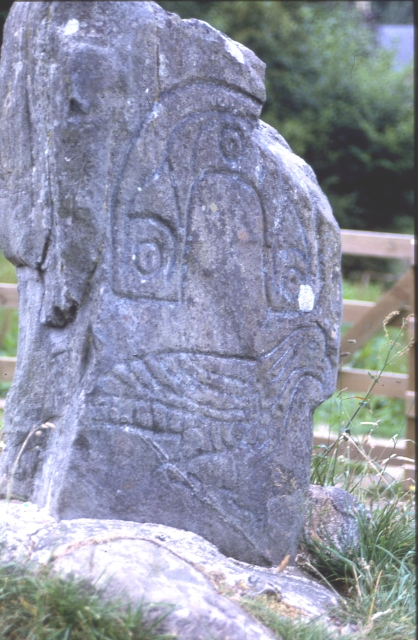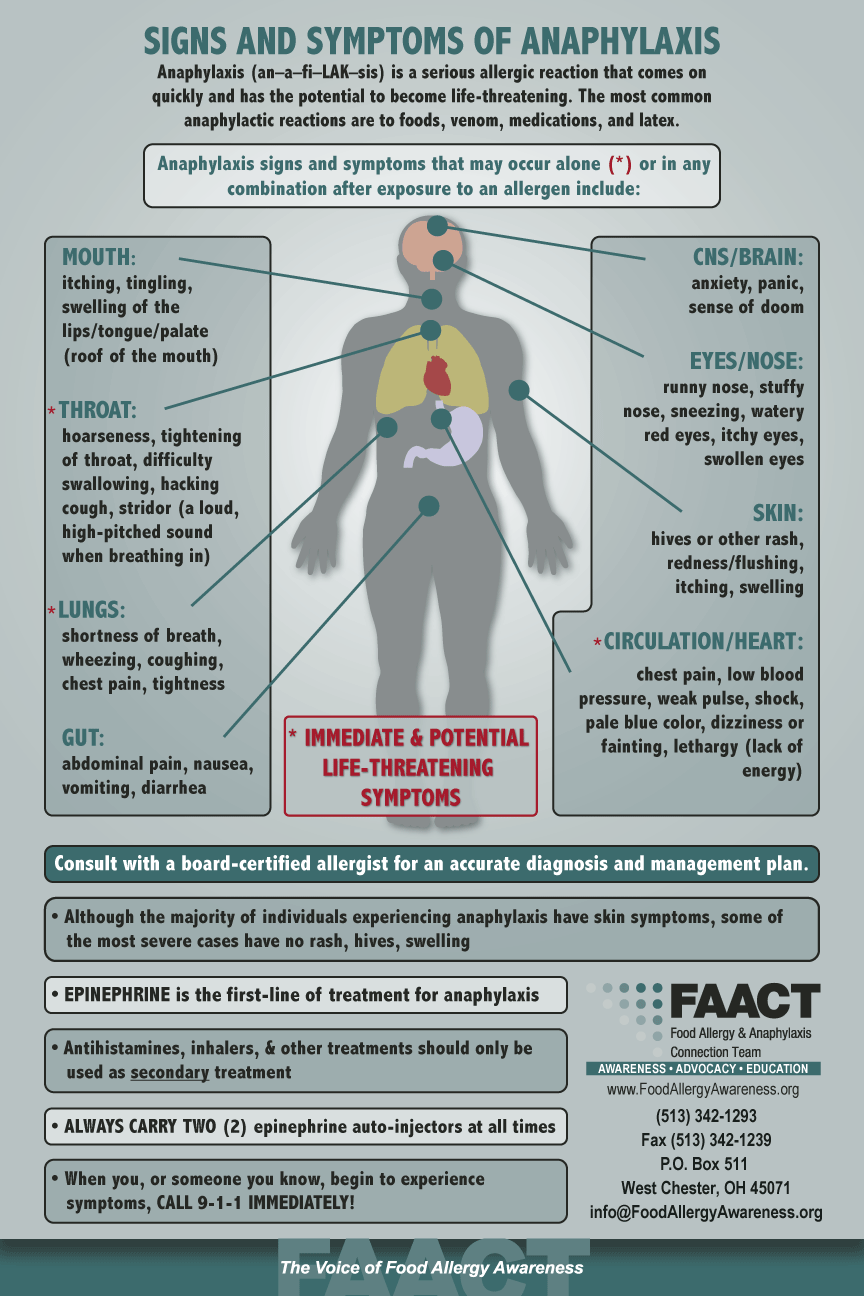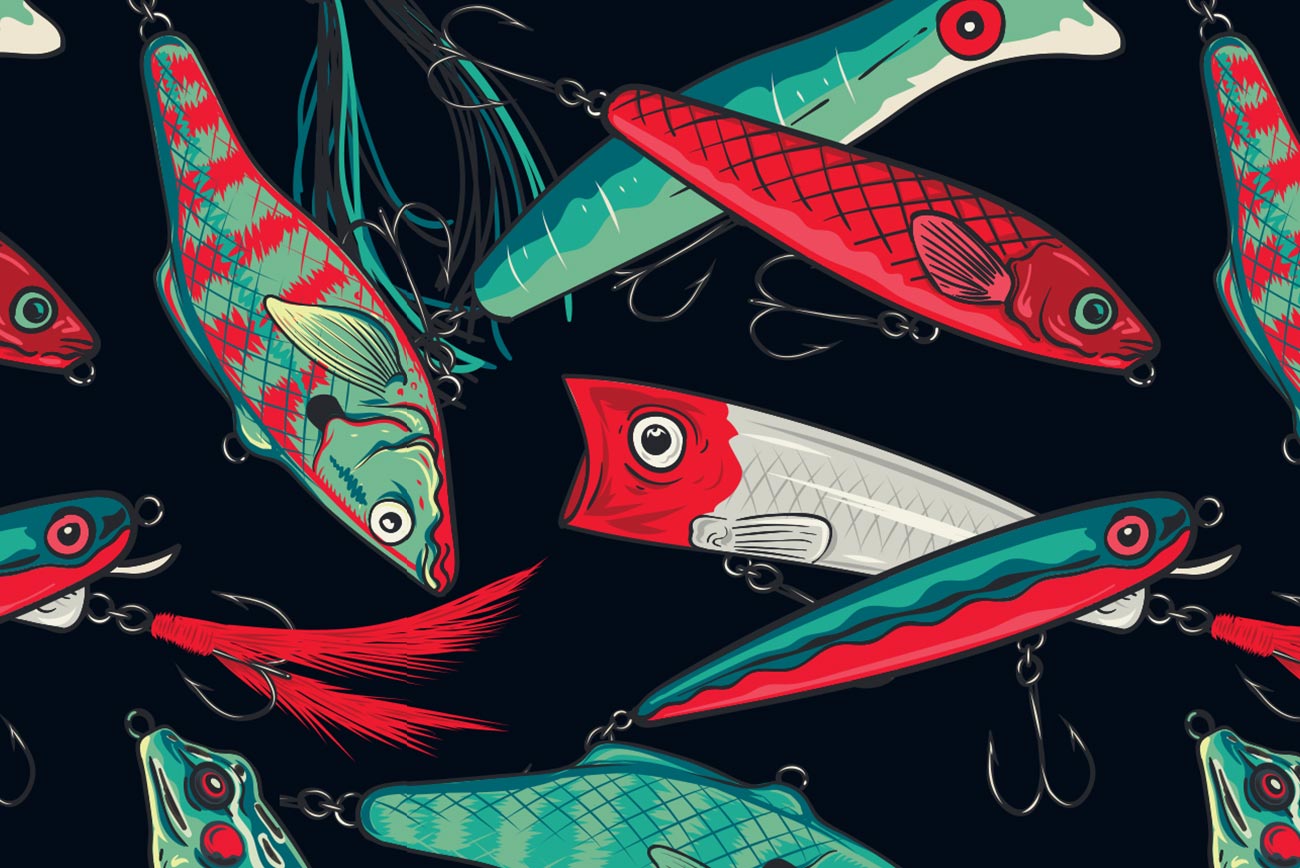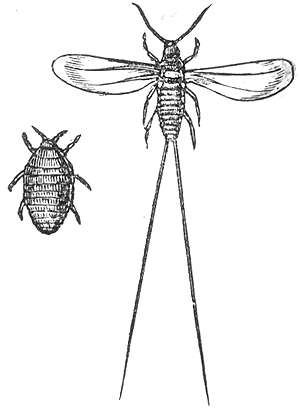Clach an Tiompain (the “Sounding Stone” or the Eagle Stone)
Clach an Tiompain (in English, the “Sounding Stone”) or The Eagle Stone is a small Class I Pictish stone located on a hill on the northern outskirts of Strathpeffer in Easter Ross, Scotland. Description The stone is made of blue gnei
Eagle stones
For the mushroom, see Mycena aetites. In the magico-medical tradition of Europe and the Near East, the aetites (singular in Latin) or aetite (anglicized) is a stone used to promote childbirth. It is also called an eagle-stone, aquiline, or aquilaeus. The stone is said to prevent spont
Divergence and functional degradation of a sex chromosome-like supergene (the sparrow with four sexes)
In January 2016, when the paper was published in Current Biology, it showed unequivocally that chromosome 2 was evolving like a sex chromosome. White–white and tan–tan matings were exceedingly rare. Using the whole-genome sequences of 50 birds, the team demonstrated that the genes in the invers
Hapten
In immunology, haptens are small molecules that elicit an immune response only when attached to a large carrier such as a protein; the carrier may be one that also does not elicit an immune response by itself (in general, only large molecules, infect
Allergolical (or allergological) syndrome that can show itself clinically with expressions of both respiratory allergy and alimentary allergy
Tabar AI, Acero S, Arregui C, Urdánoz M, Quirce S. Asma y alergia por el colorante carmín [Asthma and allergy due to carmine dye]. An Sist Sanit Navar. 2003;26 Suppl 2:65-73. Spanish. PMID: 13679965. Abstract Cochineal carmine, or simply carmine (E120), is a red colouring that is obtained from the
The chemical nature of flavokermesic acid
JanWouters∗AndréVerhecken The chemical nature of flavokermesic acid. Tetrahedron Letters Volume 28, Issue 11, 1987, Pages 1199-1202 Received 24 November 1986, Available online 9 March 2001 https://doi.org/10.1016/S0040-4039(00)95325-5 Abstract: Flavokermesic acid, a minor dye constituent isolate
Production of Carminic Acid by Metabolically Engineered Escherichia coli
Production of Carminic Acid by Metabolically Engineered Escherichia coliDongsoo Yang, Woo Dae Jang, and Sang Yup Lee Journal of the American Chemical Society 2021 143 (14), 5364-5377 DOI: 10.1021/jacs.0c12406 Abstract: Carminic acid is an aromatic polyketide found in scale insects (i.e., Dactylopiu
Carmine Controversy
Starbucks caught flack for using the ingredient in its strawberry-flavored drinks back in 2012, especially by vegans and those who didn’t eat animals for religious reasons. (treehugger.com) Another article suggests they planned to replace the bugs in several products with lycopene.
Dicoumarol (Moldy Sweet Clover) Toxicosis in a Group of Holstein Calves
Yamini B, Poppenga RH, Emmett BW, Judge LJ. Dicoumarol (Moldy Sweet Clover) Toxicosis in a Group of Holstein Calves. Journal of Veterinary Diagnostic Investigation. 1995;7(3):420-422. doi:10.1177/104063879500700328 References 1. Alstad AD, Casper HH, Johnson LJ: 1985, Vitamin K treatment o
Ryania speciosa, Ryanodine and Ryanoids
Ryania speciosa is a species of plant in the family Salicaceae. The species is significant partly because the ryanoid insecticides are derived from, and have the same mode of action as the alkaloid ryanodine, which was originally extracted from
Orphan Train Movement
The Orphan Train Movement was a supervised welfare program that transported children from crowded Eastern cities of the United States to foster homes located largely in rural areas of the Midwest. The orphan trains operated between 1854 and 1929, relocating about 200,000 children.[1]&
Slavery in ancient Greece
Slavery was an accepted practice in ancient Greece, as in other societies of the time. Some Ancient Greek writers (including, most notably, Aristotle) described slavery as natural and even necessary.[2] This paradigm was notably questioned in Socratic dialogues; the Sto
Cochineal
The cochineal (Dactylopius coccus) is a scale insect in the suborder Sternorrhyncha, from which the natural dye carmine is derived. A primarily sessile parasite native to tropical and subtropical South America through North America (Mexico and the Southwest United States), this insect l
Polish Cochineal (Porphyrophora polonica)
Polish cochineal (Porphyrophora polonica), also known as Polish carmine scales, is a scale insect formerly used to produce a crimson dye of the same name, colloquially known as “Saint John’s blood”. The larvae of P. polonica ar
Armenian Cochineal (Porphyrophora hamelii)
The Armenian cochineal (Porphyrophora hamelii), also known as the Ararat cochineal or Ararat scale, is a scale insect indigenous to the Ararat plain and Aras (Araks) River valley in the Armenian Highlands and in Turkey. It was for
The crew of the Dutch ship Gelderland used the names “griff-eendt” and “kermisgans” for the dodo in 1598, in reference to fowl fattened for the Kermesse festival
The dodo (Raphus cucullatus) is an extinct flightless bird that was endemic to the island of Mauritius. Kermesse, or kermis, or kirmess, is a Dutch language term derived from ‘kerk’ (church) and ‘mis’ (mass) that became borrowed in English,&













